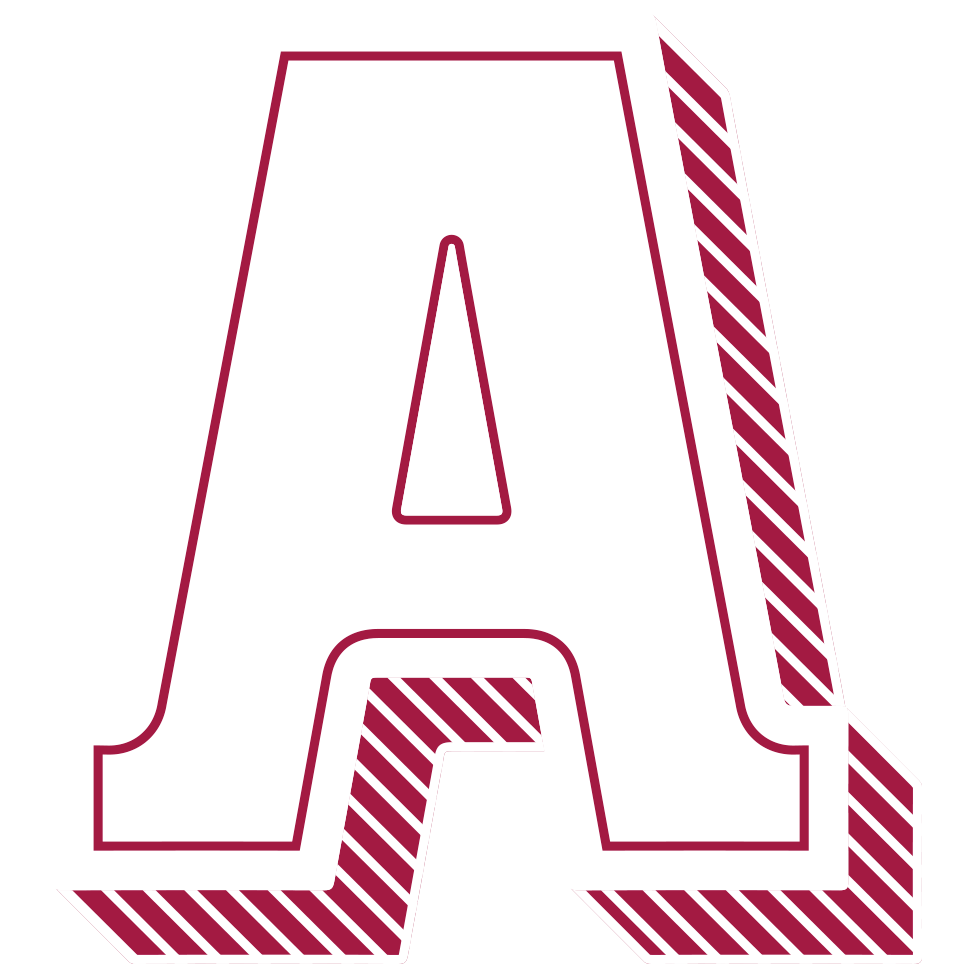Before you can swirl, sniff and sip a glass of New Mexico wine, someone has to grow, crush, press and ferment the grapes, bottle the wine and get it to consumers.
NMSU offers a class that teaches both the science behind wine production and the business skills and theories needed to create a successful small winery or vineyard in New Mexico.
“Winemaking is an art,” says Dale Ellis, College of Agricultural, Consumer and Environmental Sciences agriculture business adjunct instructor. “It’s science-based, but there is an art to it. I get to teach the fun part, the art of creating something new out of raw grapes.”
The academic course and Cooperative Extension Service workshop has been offered since 2008. Instructors Ellis and Daniel Goodrich, viticulture program coordinator in NMSU’s Cooperative Extension Service plant science department, have been involved with the program since 2014 and 2010, respectively.
“The class originally targeted hobby and amateur winemakers, but has evolved to include people involved in the industry, which includes 80-plus licensed wineries,” Goodrich says.
“Many of our students, especially through the Extension workshop, just want to gain an understanding and appreciation of what it takes to make a bottle of wine,” Ellis says.
The class participants harvest grapes from the College of ACES vineyard at the Fabian Garcia Science Center and create wine.
“We have more than 60 varieties of grapes in the vineyard, so we are able to experiment with different blends,” Goodrich says.
“Last year we made a white wine from Malbec red grapes,” Ellis says. “It was different for us because we hadn’t done a white wine out of red grapes.”
Annually, wine created during the class is entered in the New Mexico State Fair competition and is judged by the New Mexico Vine and Wine Society.
“For the last six years, every wine that we have submitted has won bronze or better medals,” Ellis says. “Our entries are in competition with the commercial wineries and about 400 wines are submitted.”
For the wine enthusiast, the course allows them to discover the fine nuances of the different wines during the tasting profiles.
“We try to demonstrate to people that there is a broad spectrum of wines,” Ellis says. “We try to give them a good appreciation for what they are really getting when they buy a bottle of wine no matter what the price.”

Camila Prieto (left) and Madison Baker check the temperature of red wine recently pulled from barrels during a winemaking course, which is open to students and community members.

Dove Hall, Room 212
305 N. Horseshoe Drive
Las Cruces, NM 88003